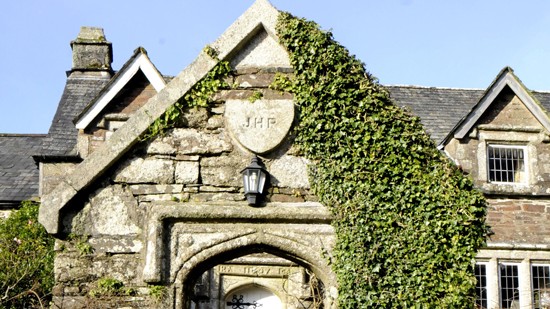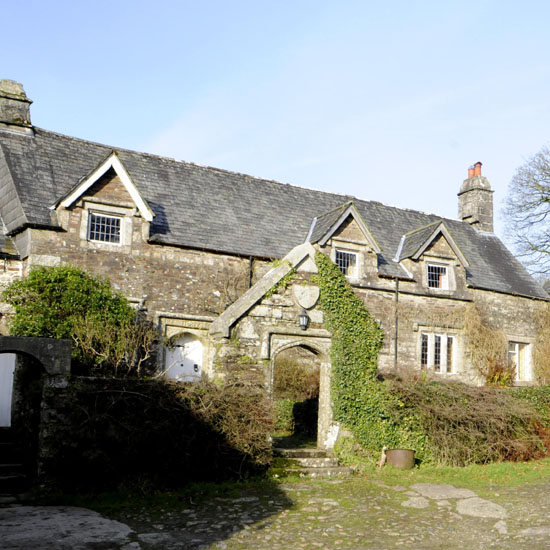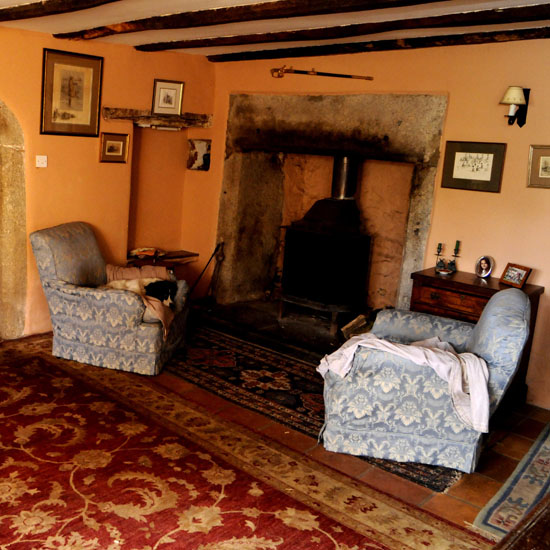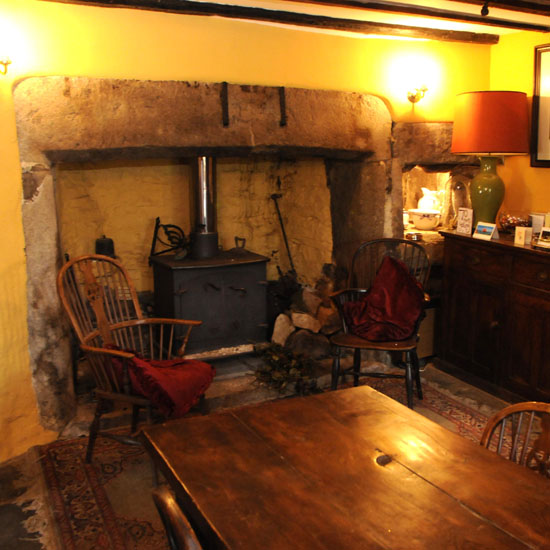Sampford Manor, an historic Dartmoor mansion won by Sir Francis Drake in a bet goes on sale for £1.25m
Sampford Manor on edge of Dartmoor is thought to date back to the 800s and was aquired by Elizabethan explorer, Sir Frances in 1581 after he won a £500 bet

Are you feeling lucky?
Well back in 1581 famous Elizabethan explorer, Sir Francis Drake got a little more than he bargained for when he placed a £500 bet with some decendants of the Lord of Sampford. He ended up winning their huge country mansion, Samford Spiney!
Fast forward 400 hundred years and one of the oldest homes in Britain is back on the market for a whopping £1.25 million.

The Grade II-listed Manor at Sampford Spiney in Devon is now a bed and breakfast catering to holiday makers trekking over Dartmoor.
Current owners John Pugh, 80, and his wife Rosalind, 70, bought the manor 25 years ago as a renovation project. They have worked tirelessly with English Heritage to rebuild the derelict shell and refurbish it.
Mrs Pugh said: 'We don't believe Drake ever lived here permanently. He owned a lot of property in the area and his main home was nearby at Buckland Abbey.
'Our research suggests he obtained it for £500 and that it was part-payment of a wager.'
Get the Ideal Home Newsletter
Sign up to our newsletter for style and decor inspiration, house makeovers, project advice and more.
Drake, who defeated the Spanish Armada in 1588 later became an MP and then Mayor of Plymouth.

He died in 1596 without leaving an heir and the house passed into the hands of his second in command, Jonas Bodenham, whom he treated as a son.
The house was restored in 1935, but then fell into disrepair until it was bought by the Pughs in 1987.
Fancy getting your hands on a little piece of history? Sampford Spiney could be yours for a cool £1.25 million and features three reception rooms, two large 17th and 19th
century barns ripe for conversion and a cluster of farm buildings set in an acre of
woodland and 202 acres of common land.

The house is packed with orginal features such large granite fireplaces, arched granite doorways, and a bread oven.
Mrs Pugh added: 'Nobody can quite say exactly when the house was built. It was first recorded in 1028 but we think it could have been build as far back as the 800s.
'It was certainly well-established by the time of the Doomsday Book in 1086 when people were bringing their tithes here.'
-
 My go-to Ninja coffee machine is on sale for Easter weekend
My go-to Ninja coffee machine is on sale for Easter weekendIt makes coffee shop quality achievable at home
By Molly Cleary
-
 When to plant out annual flowering plants for vibrant, colourful garden borders – and give them the best start, according to experts
When to plant out annual flowering plants for vibrant, colourful garden borders – and give them the best start, according to expertsNot sure when to plant out annual flowering plants? We've got you covered...
By Kayleigh Dray
-
 I'm a kitchen decor editor and didn't like this tableware trend - until I saw H&M Home's designer-look plates
I'm a kitchen decor editor and didn't like this tableware trend - until I saw H&M Home's designer-look platesThey made it easy to justify a new crockery set
By Holly Cockburn